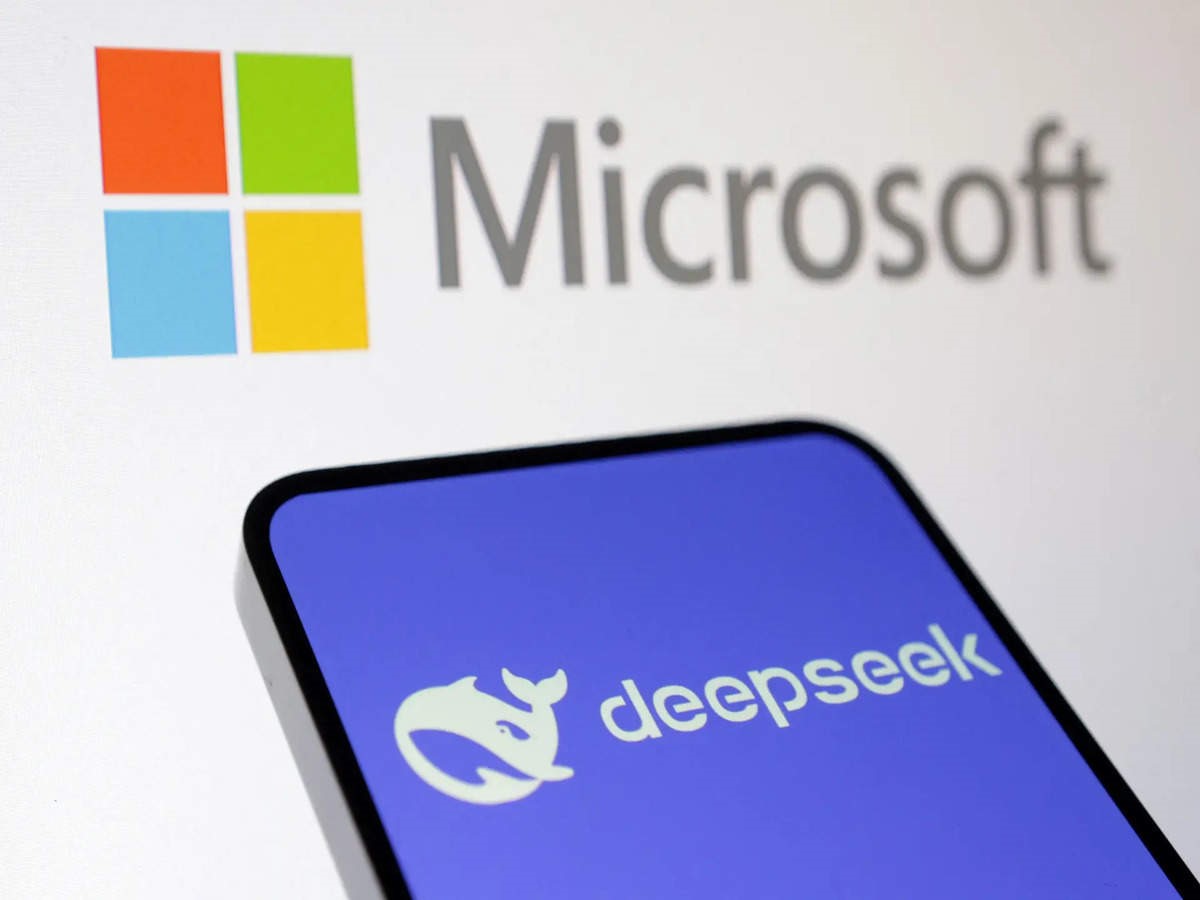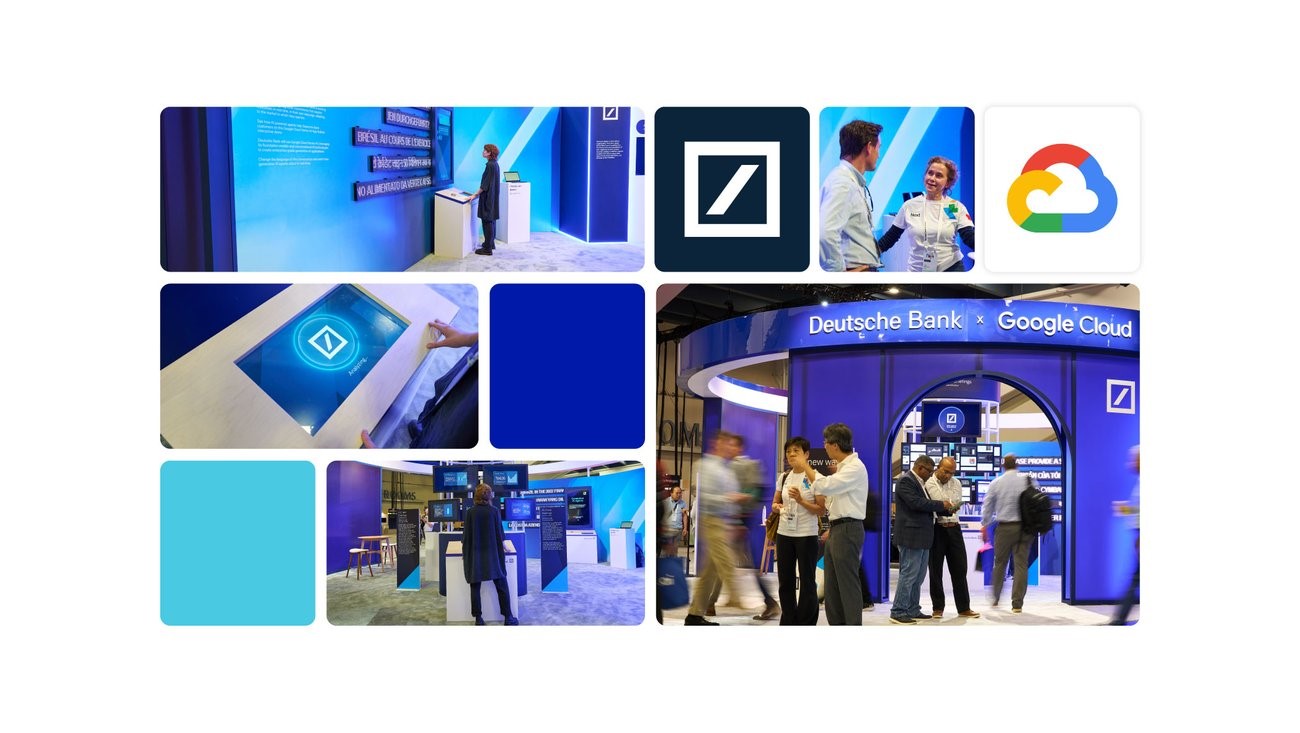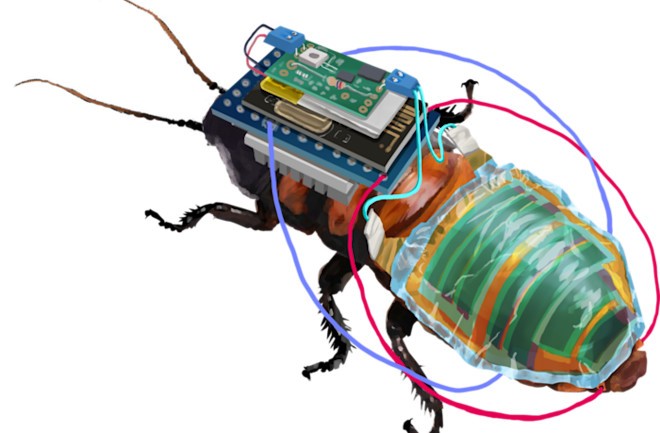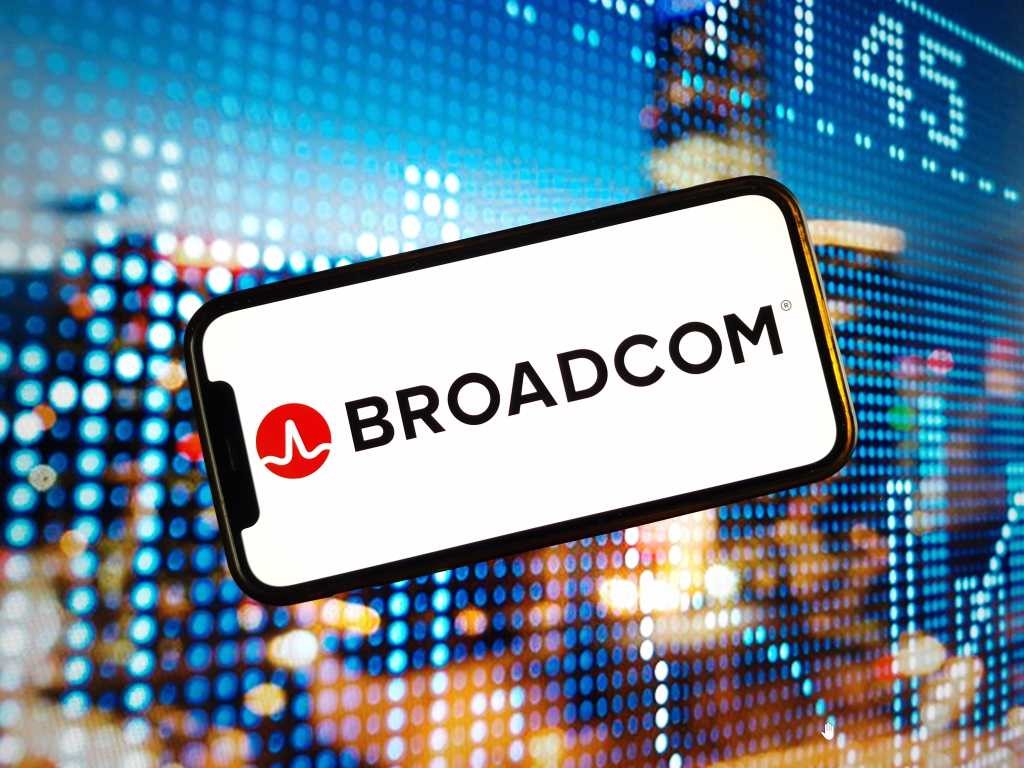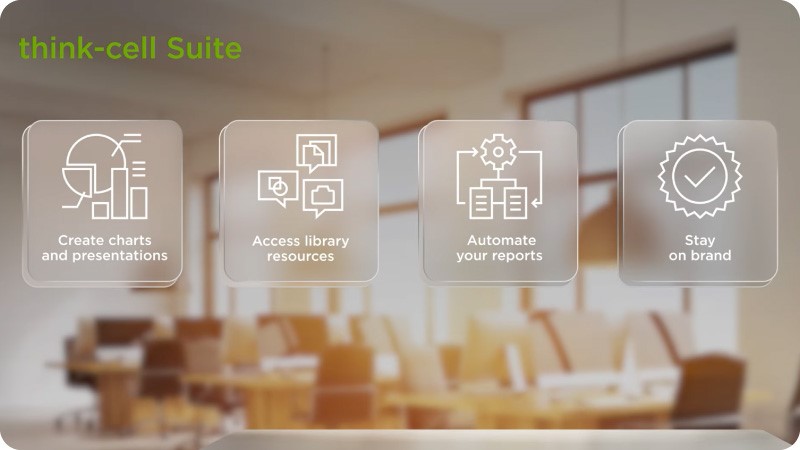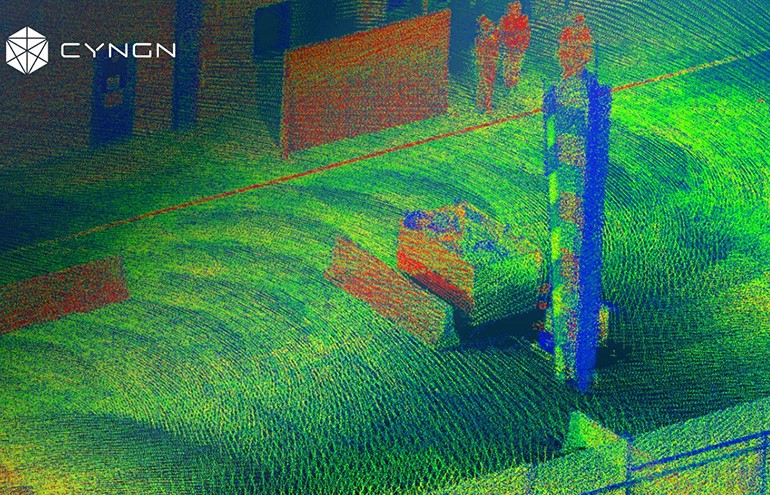Sovereign European Cloud API Promises Interoperability Without Vendor Lock-In
The new API offers a path to European independence from US hyperscalers, but its success depends on widespread adoption by European cloud providers to break market inertia.

Figure 1. Sovereign European Cloud API: Enabling Interoperability and Freedom from Vendor Lock-In.
Europe has taken a significant step toward reducing its reliance on US cloud platforms with the launch of the Sovereign European Cloud API (SECA). Figure 1 shows Sovereign European Cloud API: Enabling Interoperability and Freedom from Vendor Lock-In.
A joint effort by European providers Aruba, IONOS, and cloud marketplace Dynamo, SECA is positioned as a foundational component of the broader EuroStack initiative—an ambitious plan to challenge the economic dominance and standard-setting power of US hyperscalers.
One of the key pain points in today’s cloud landscape is a lack of interoperability among major platforms. This leads to data silos and rising costs when organizations move data between providers. The concern is that this lack of interoperability results in vendor lock-in, making it difficult for businesses to adopt hybrid or multicloud strategies. Many suspect that large cloud providers—particularly US hyperscalers—have little incentive to solve this problem.
SECA tackles the interoperability challenge head-on, aiming to empower rival cloud providers to offer seamless application and workload portability across different cloud environments.
According to its backers, SECA not only eliminates vendor lock-in but also ensures compliance with European regulations on data sovereignty, AI, and data protection.
“AI and Cloud are transforming the global economy, and Europe cannot afford to be left behind. Europe needs a strong, sovereign digital ecosystem. SECA is a critical step in building a secure, independent, and future-proof digital infrastructure — one that keeps Europe strong, competitive, and in control,” said IONOS CEO Achim Weiss.
Aruba CEO Stefano Cecconi echoed this sentiment: “The creation of these common APIs — with Aruba and IONOS as first movers — marks a pivotal and voluntary step for the European cloud industry towards enhanced interoperability, strengthening the continent’s cloud services ecosystem.”
SECA is also a cornerstone of the broader EuroStack initiative, a European effort to establish alternatives to US-dominated technologies and standards, spanning microprocessors, computing frameworks, and cloud services.
Until recently, EuroStack’s success seemed uncertain—partly due to its projected €300 billion ($325 billion) cost and Europe’s historically fragmented tech landscape. However, just weeks into Donald Trump’s second term as US president, European leaders are reevaluating their stance. US tech dominance is no longer seen as entirely benign, adding urgency to Europe’s push for digital sovereignty.
“There is a growing desire among European organizations to have data sovereignty. There are concerns about increasing dependence on non-European cloud providers, and when combined with the current political climate, SECA has a strong case for adoption,” said Jason Wingate of Emerald Ocean Ltd. As a Canadian company, Emerald Ocean also has an interest in reducing its reliance on US technology vendors.
However, SECA still faces significant hurdles. “The biggest challenge will be legal,” Wingate noted. “The EU is a patchwork of national laws and regulations. Navigating this while maintaining compliance at both the EU and national levels will be complex.”
Security is another major concern. “On paper is one thing, but the real test for adoption will be how secure it is,” Wingate added. “It can meet every regulation and pass every compliance check, but if it’s not secure, no one will adopt it.”
The key indicator of SECA’s success will be how quickly European providers embrace it. If adoption takes off, it could level the playing field for smaller European cloud companies, allowing them to compete with the dominant hyperscalers.
SECA also faces competition from proprietary efforts like Microsoft’s EU Data Boundary, which shares some goals but serves a different purpose. SECA focuses on broad data interoperability, while Microsoft’s initiative is about easing compliance with the EU’s strict data residency laws.
In essence, SECA aims to drive a movement toward European cloud independence, while Microsoft’s approach is more about making life easier for customers already within its ecosystem.
Source: NETWORK WORLD
Cite this article:
Priyadharshini S (2025), Sovereign European Cloud API Promises Interoperability Without Vendor Lock-In, AnaTechMaz, pp.130



